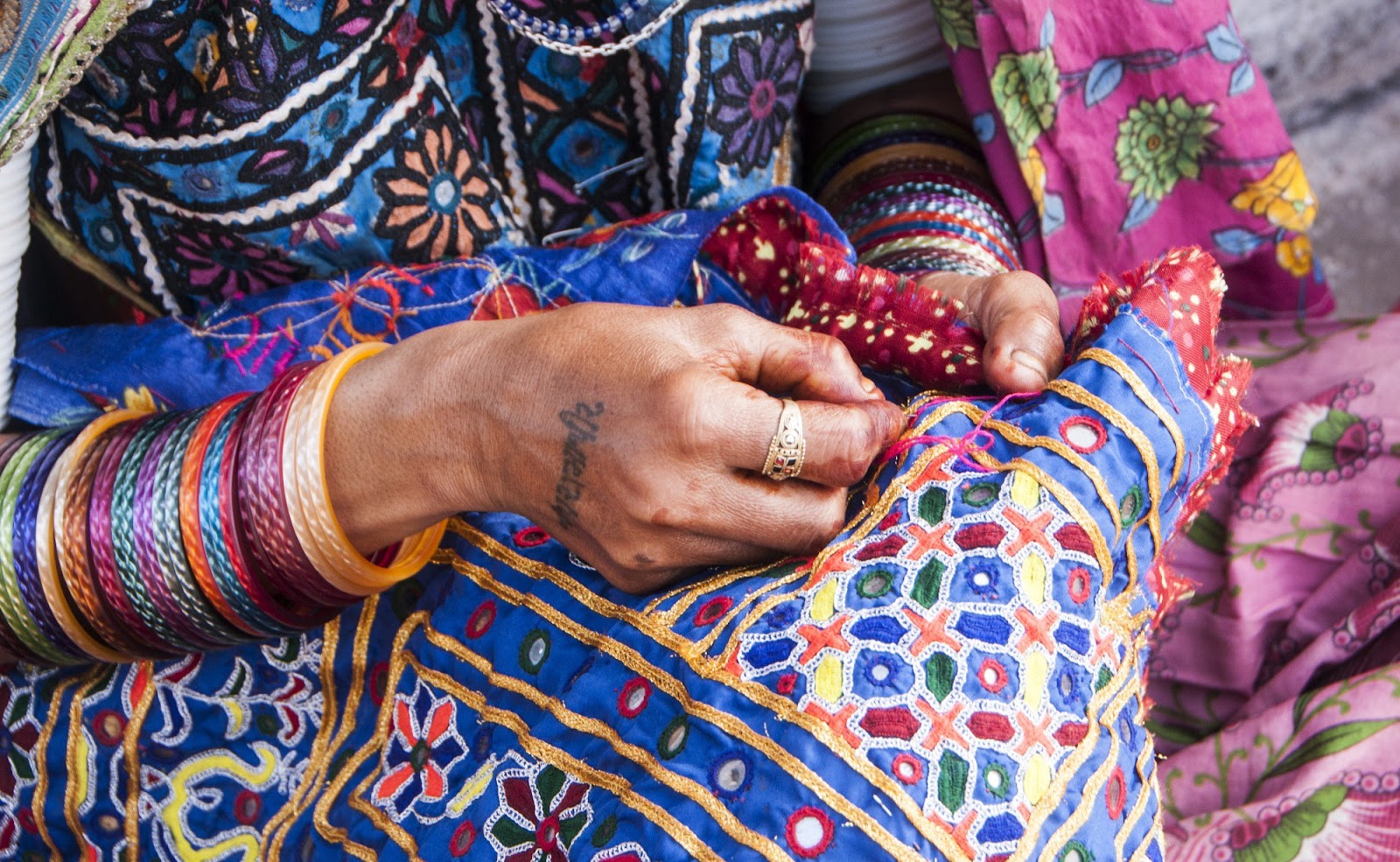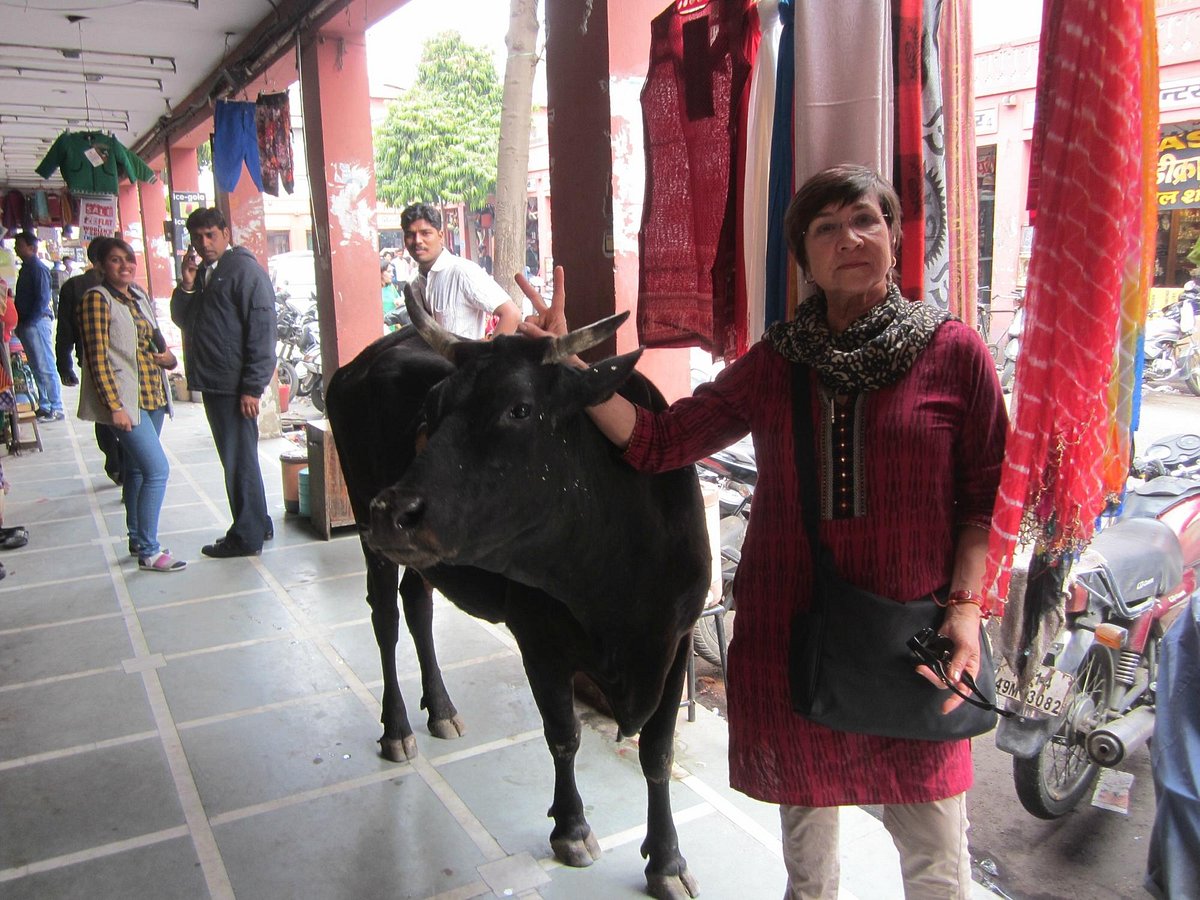The Ultiamate Guide for Goechala Trek

INTRODUCTION
The Goechala Trek is a trek that offers adventure, breathtaking views, and a close touch with nature. It is located in the lap of the powerful Himalayas. This journey, which is in the Indian state of Sikkim, provides a unique chance to see the magnificence of the Kanchenjunga, the third-highest mountain in the world. This comprehensive book will cover all aspects of the Goechala Trek, including its significance in history and useful advice for having a good journey.
A Quick History and Meaning:
The indigenous tribes of Sikkim used these pathways for commerce and cultural exchanges, and this is where the Goechala Trek gets its name. It has grown in popularity among hikers and adventure seekers from all around the world throughout the years. The value of the walk is found in its cultural and ecological relevance, in addition to its stunning vistas.
Trekking Season:
From March to June and then again from September to November, the Goechala Trek is normally accessible to hikers. Trekking is best done at these times because the weather is often consistent. But every season gives a distinctive experience.
- The region comes to life in the spring (March to June) with vivid rhododendron blossoms, lush green meadows, and clear sky. Trekkers frequently choose it because of the pleasant climate.
- Autumn (September to November): After the rainy season, there are still breathtaking vistas of the mountains and a calmer mood. In particular at higher elevations, the weather might be cooler.
Trekking Routes:
Including days for acclimation, the Goechala Trek normally lasts 9 to 10 days to complete. Here is a general schedule:
Day 1: Travel to Yuksom, the trek’s base camp, and procure the required permits.
Day 2: 6-7 hours of trekking from Yuksom to Sachen. You travel along the Rathong River and through extensive woodlands on the trail.
Day 3: Tshoka to Sachen (4-5 hours). When you enter Kanchenjunga National Park, the landscape transforms into rhododendron trees.
Day 4: Tshoka to Dzongri (5–6 hours) . Ascent starts, and you get your first glimpses of the Himalayan mountains.
Day 5: Rest day for acclimatization in Dzongri. You can examine the surrounding vantage points.
Day 6: Dzongri to Thansing (4-5 hours) – Prior to ascending once more, the route falls to the Prek Chu River.
Day 7:Thansing to Lamuney (3–4 hours) -Since this hike is short, greater acclimation is possible.
Day 8: It takes 9-10 hours to get from Lamuney to Goechala and back to Kokchurang. This trek’s high point offers expansive views of Kanchenjunga. For the night, you will descend to Kokchurang.
Day 9: Kokchurang to Tshoka (6-7 hours) – For the return trip, you’ll follow your original route.
Day 10: Tshoka to Yuksom (5–6 hours) . As you reach Yuksom, your journey is complete.
Regulations and Permits:
You must get permissions from the Sikkim Tourism and Civil Aviation Department in order to start the Goechala Trek. These licenses are available in Yuksom, where the route begins. For permission verification, it is imperative to have current documentation on hand, such as a passport or voter ID.
Health and Fitness Considerations:
Trekking to Goechala is a strenuous activity. Long stretches of time are spent walking in various terrains and altitudes. It is essential to get physically ready by doing frequent cardio and weight training workouts. You should also see a doctor to make sure you are well enough to go hiking at a high altitude.
Essentials for Traveling:
- You maximize your comfort and safety on the Goechala Trek, make sure you pack accordingly. Listed below are the necessities:
- Dress in layers to account for changing temperatures. A warm jacket, base layers that wick away sweat, trekking trousers, and a rain jacket are all essentials.
- Footwear: It’s imperative to have sturdy trekking boots with ankle support. Before the walk, make sure they are comfortable.
- Backpack: To carry your things, you must have a roomy, comfy backpack.
- A high-quality sleeping bag that can withstand temperatures below zero.
- Trekking poles: These can increase stability and lessen the impact on your knees as you’re descending.
- Flashlight or a headlamp: These are helpful for early morning runs or in case you need to navigate at night.
- Toiletries: Pack supplies like paper towels, hand sanitizer, and toilet paper.
- Basic first aid supplies including bandages, antiseptic, and painkillers are included in a first aid pack.
- At least two reusable water bottles or a hydration bladder should be carried.
- High-energy foods like almonds, energy bars, and chocolates are considered snacks.
Prudent Trekking:
In order to protect the beauty of the Goechala Trek for future generations, responsible trekking is essential. Here are some recommendations:
- Leave No Trace: Bring back all of your trash, even biodegradable goods.
- Respect Local Culture: Interact with the local community in a courteous manner and observe their customs.
- Follow Trekking Regulations: Adhere to the rules on campsites, specified trekking routes, and permits.
- Stay Hydrated: Conserve water by using it prudently, but also maintain hydration.
Conclusion:
The Goechala Trek is a once-in-a-lifetime opportunity to see the Himalayas’ stunning magnificence firsthand. It’s a hike that will put your physical stamina to the test while also rewarding you with breathtaking natural beauty. You may make the Goechala Trek a once-in-a-lifetime experience by being well-prepared, adhering to ethical trekking procedures, and appreciating Kanchenjunga’s magnificence. So tie up your boots, gather your belongings, and set off on this amazing trek to the Himalayan interior.



